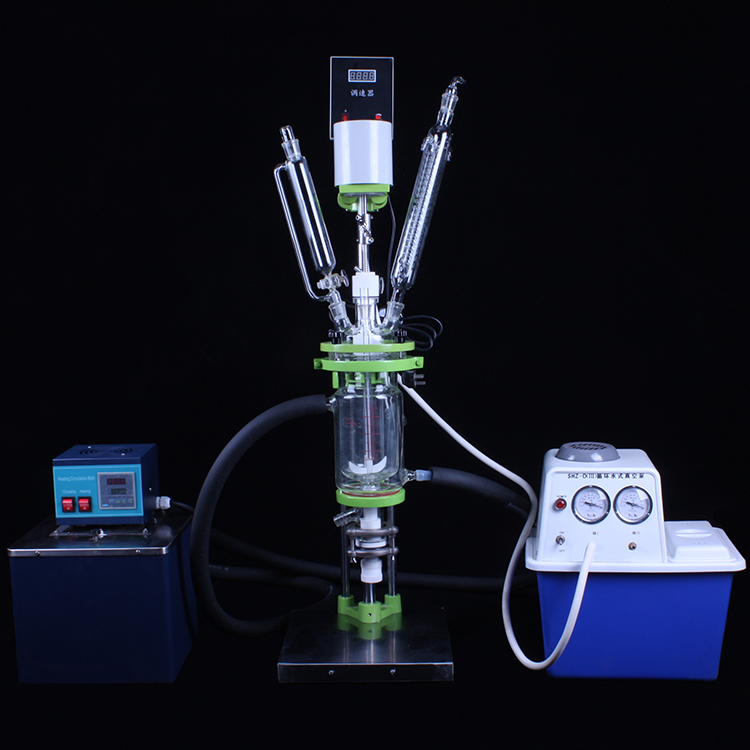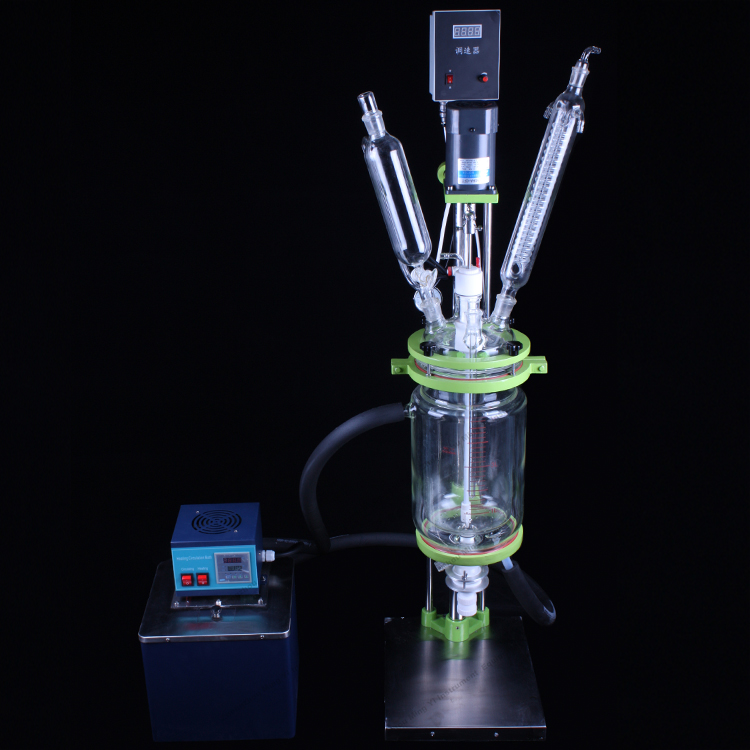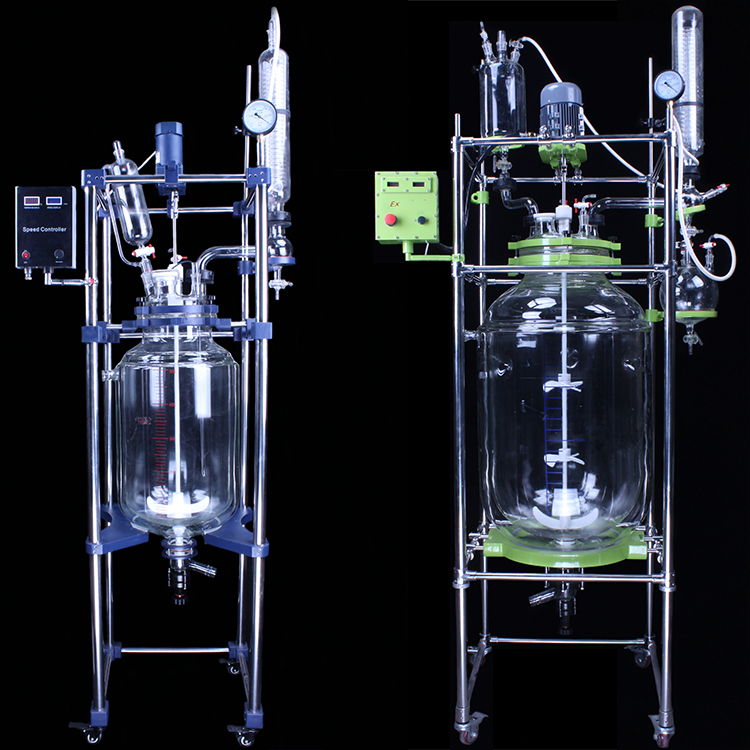Three universities, including Kyushu University in Japan, and Sumitomo Chemical co-production of sodium (Na) ion rechargeable batteries, and confirmed the trial battery charge and discharge operations. Kyushu University’s Institute of Advanced Material Chemistry is responsible for the development of cathode materials, and the Tsukuba Development Research Institute of Sumitomo Chemicals is responsible for the development of anode materials, and Yamaguchi University and the University of Japan are responsible for the development of electrolytes. The three parties brought together their respective technologies and developed sodium ion rechargeable battery samples.
With the widespread adoption of electric vehicles and the like, the demand for lithium ion (Li) rechargeable batteries will increase rapidly, which may lead to the exploitation of lithium resources that cannot keep up with demand. Therefore, as a complement to the demand for lithium ion rechargeable batteries, the development of sodium ion rechargeable batteries has received much attention. However, since the ion radius of sodium ions is larger than that of lithium ions, it is still at the stage of finding necessary techniques such as positive and negative electrode materials and electrolytes suitable for sodium ions.
Potentially lower cost than lithium-ion batteries
In this joint study, Kyushu University studied cathode materials that do not contain rare metals such as cobalt (Co), and investigated the movement of sodium ions for several cathode materials that are considered to be powerful candidates such as Na3V2(PO4)2F3. .
Sumitomo Chemical Co., Ltd., which is responsible for the development of anode materials, studied the hard carbon of a porous, non-graphitizable carbon material named "C1600." This is a carbon-based material that has been heat-treated at 1600°C. The company confirmed that its sodium ion is reversible during 300 mAh/g charge and discharge operations. It is said that there is no precipitation of sodium metal.
Yamaguchi University and the University of Japan were responsible for the development of electrolytes for mixed non-aqueous solvent ionic liquids. In sodium carbonate mixed electrolytes using "NaTFSI" ionic liquid salts, the charge-discharge movement of sodium ions when using the negative electrode material C1600 was studied.
Kyushu University and others confirmed the battery structure using these positive electrodes, negative electrodes, and electrolytes, and achieved a room-temperature reversible reaction at 60 mAh/g charge and discharge.
In addition, a battery with a positive electrode material of NaFe0.4Mn0.3Ni0.3O2 and a negative electrode of C1600 mixed with a non-aqueous solvent ionic liquid was used to conduct a 200% overcharge resistance test on the laminated battery cells. It is confirmed that it will not break or catch fire.
Kyushu University's Institute of Leading Material Chemistry said that if we further advance the study based on this achievement and realize the practical application of a sodium ion rechargeable battery using an aqueous solution type electrolyte, then it is very hopeful that the battery separator will be changed from polypropylene to polypropylene. Into a non-woven fabric, the material of the current collector plate of the negative electrode is changed from copper foil to aluminum foil, and the positive electrode material is replaced with a cheap iron material. In this way, "it is expected that there will be a lower cost sodium ion rechargeable battery than lithium-ion rechargeable batteries." (Author: Masaaki Maruyama, the Nikkei online technology feeds!)
Glass Reactor is commonly used in laboratory glass instrument, it is mainly used for distillation of materials, stirring and purification.
The glass reactor solvent can be stirred in the inner layer of the glass reactor, the interlayer is circulated through the cold and heat source, the interlayer of the glass reactor can provide the high temperature reaction (the maximum temperature can reach 300 C), the glass reaction kettle can also do the low temperature reaction (the minimum temperature can reach - 80 c); the glass reaction kettle can pump vacuum and do negative pressure Reaction. Moreover, its unique design makes the experiment safer and more convenient.
Cassification: Single Glass Reactor, Jacketed Glass Reactor.
Model: MY-1L, MY-2L, MY-3L, MY-5L, MY10L, MY-20L,
MY-30L, MY-50L, MY-80L, MY-100L, MY-150L, MY-200L, Single glass reactor
Related products: Oil bath, Vacuum pump, Chiller, etc.



Glass Reactor
Chemical Glass Reactor,Glass Chemical Reactor,Lab Glass Reactor,Glass Lab Reactor,Borosilicate Glass Reactor,Double Glass Reactor
Zhengzhou mingyi instrument equipment co.,ltd , https://www.mingyint.com